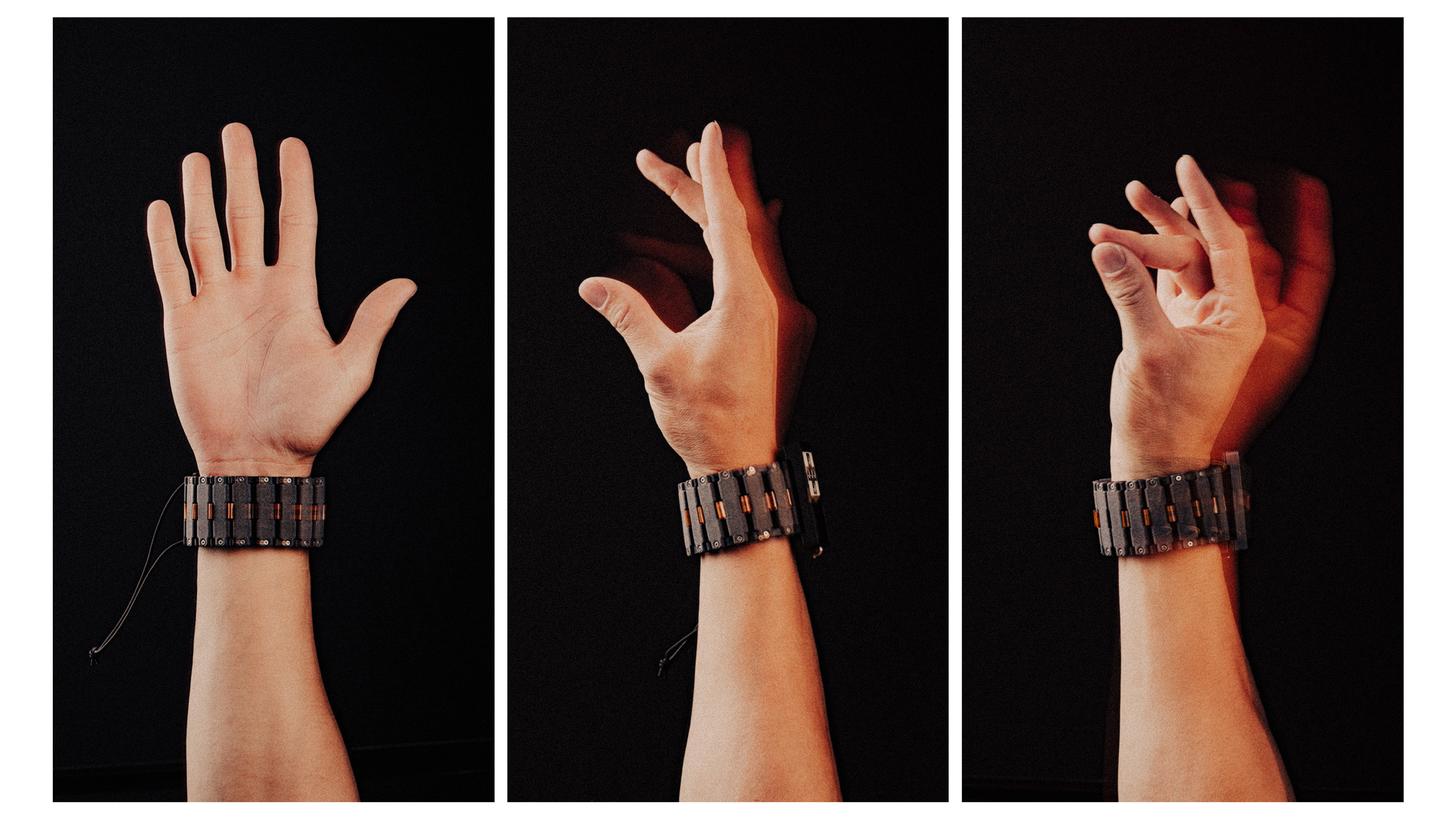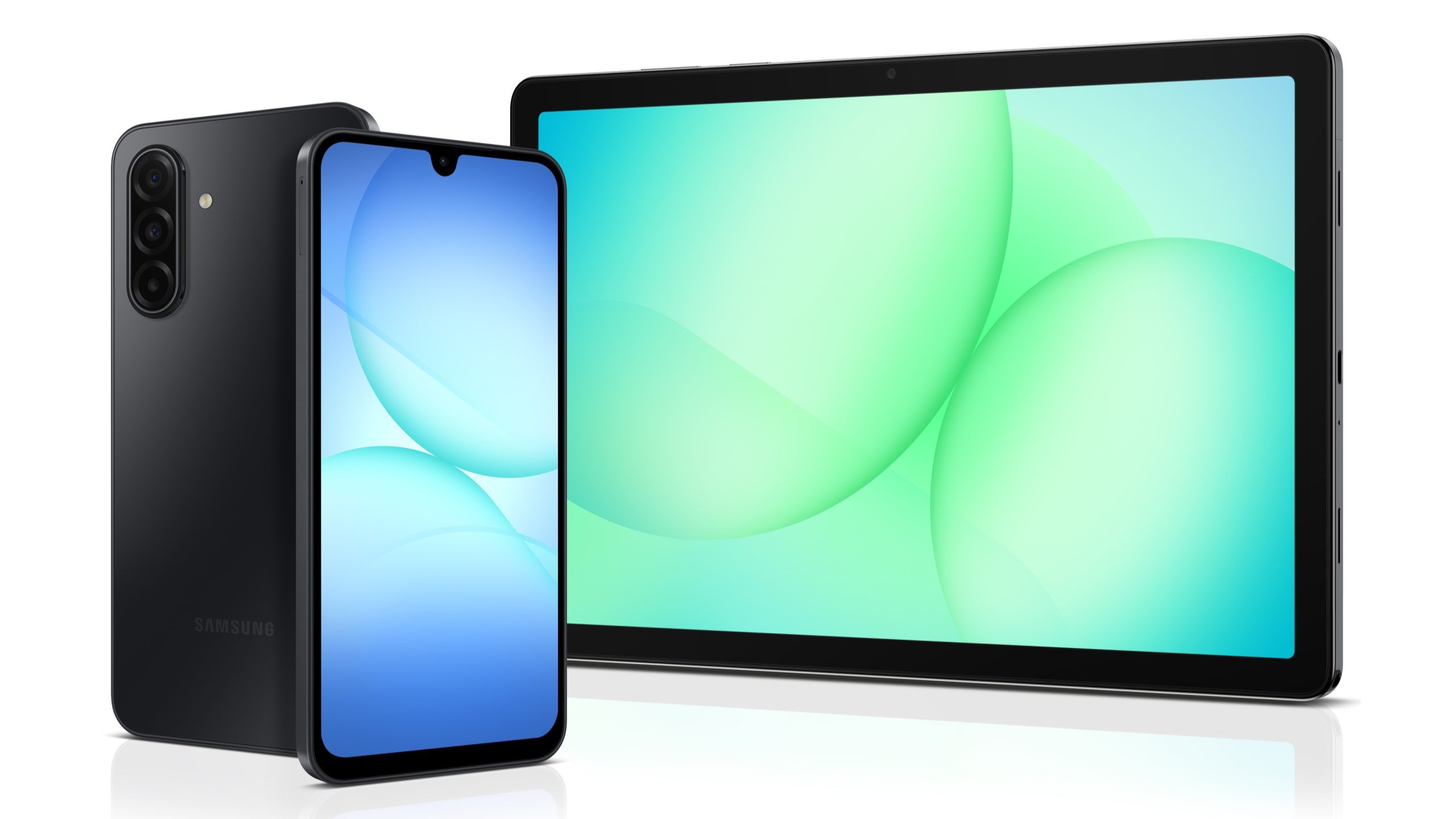Meta’s breakthrough wants to let you control AR glasses just by moving your fingers
It's all about AR that reads your mind via a wristband that knows what your hands are up to.

What you need to know
- Meta is experimenting with a wristband that reads your muscle signals, so you can type or control stuff just by thinking about moving your fingers.
- The tech pairs with Meta’s Orion AR glasses, which look like regular specs but overlay digital stuff in your real-world view.
- It’s still a prototype (and pricey), but Meta says a more practical version is in the works.
Imagine scrolling through your social media feed, sending a message, or skipping a song without tapping a button or resorting to voice commands, just a subtle twitch of your hand. That’s the wild promise of Meta’s latest research, and it’s not some distant sci-fi dream.
Thanks to a new study published in Nature, we’re getting a sneak peek at how augmented reality (AR) glasses could soon read your intentions before you even fully act on them.
Meta’s Reality Labs has been quietly working on a tech called surface electromyography (sEMG), which sounds complicated but boils down to one simple idea: detecting the tiny electrical signals your muscles send when you even think about moving.
How it works: wristwear that reads intention

Instead of waving your arms around or using a bulky controller, you slip on a lightweight armband. Trained on data from thousands of people, the system deciphers minute electrical patterns that the brain sends to your fingers.
One test user typed at over 20 words per minute just thinking the stroke motions. The team smashed the key hurdles: generalization across users (so it doesn’t need per‑person calibration), consistent gesture recognition, and handwriting decoding, all embedded in a wristband-style interface.
The big deal here is speed and subtlety. Current AR controls rely on voice, hand tracking (needs big gestures), or clunky remotes. In its Nature paper, Meta showed off Orion, a prototype wristband that predicted gestures with scary accuracy, even when people barely moved. It worked while typing on a keyboard or holding a coffee without needing to pause your life to interact with tech.
Meta sees this fusion of AI, sEMG wristband, and AR glasses as the natural next step beyond smartphones.
Get the latest news from Android Central, your trusted companion in the world of Android
Why this matters
The tech is a big step forward for interacting with devices, especially for people with limited mobility since it doesn’t require any physical movement to trigger input. It also makes using tech feel more natural and less effortful.
That said, it’s still early days. Orion glasses reportedly cost around $10,000 per unit and aren’t available to the public yet. The wristband, while extremely promising, is still in prototype phase with no clear timeline for a commercial launch.
But Meta says it's working toward more affordable, consumer-ready versions of both, and the progress so far suggests it's serious.

Jay Bonggolto always keeps a nose for news. He has been writing about consumer tech and apps for as long as he can remember, and he has used a variety of Android phones since falling in love with Jelly Bean. Send him a direct message via X or LinkedIn.
You must confirm your public display name before commenting
Please logout and then login again, you will then be prompted to enter your display name.
